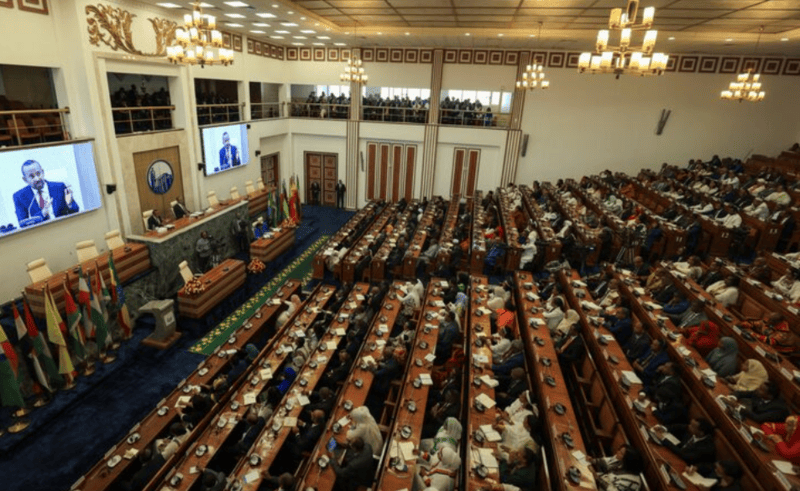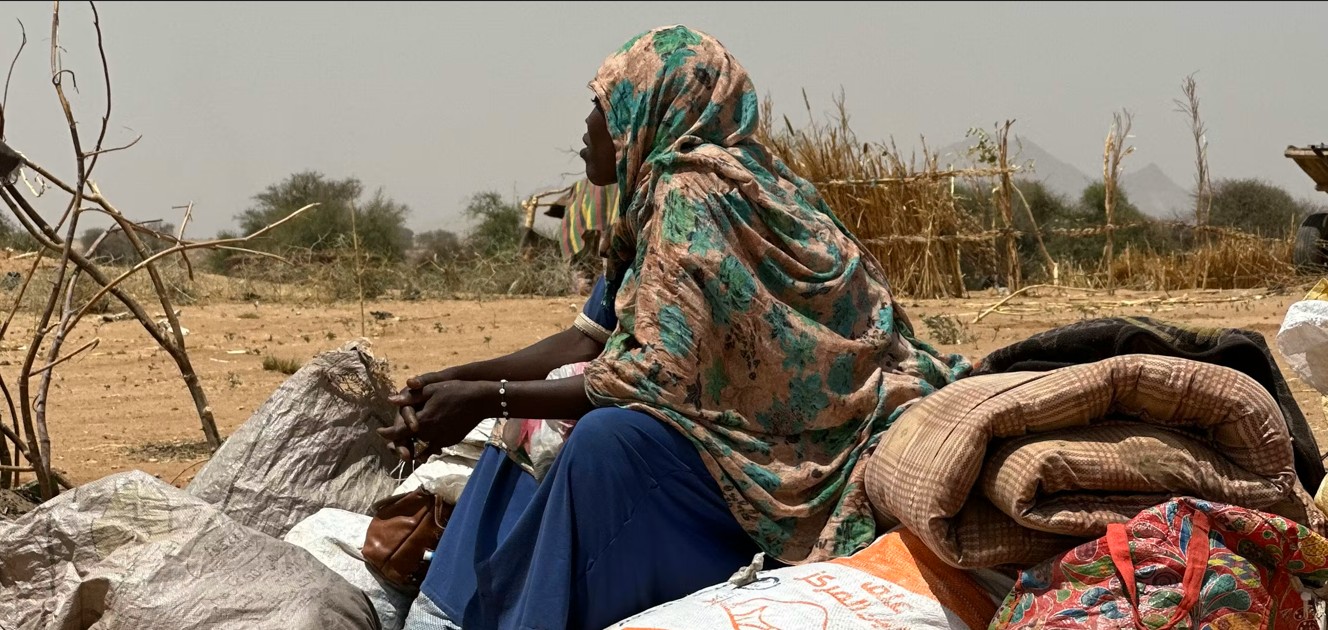Currency change leaves Ethiopia’s GDP halved, debt burden heavier

The rise was attributed to the exchange rate adjustment and new loans amounting to $1.6 billion, secured from the International Monetary Fund (IMF) and the World Bank.
Ethiopia’s economy, measured in US dollars, dropped sharply from $207 billion in June 2024 to $100 billion by September 2024.
According to a government debt report from the Ministry of Finance, the decline was caused by a new currency exchange system introduced in July 2024.
More To Read
- Birr in Freefall: Ethiopia’s struggle with record currency depreciation, imported inflation risk
- World Bank upgrades Kenya’s growth outlook to 4.9 per cent, warns of elevated risks
- Africa’s share of global extreme poverty rose by 30 per cent in 10 years - World Bank
- Revenue raise, prudent debt key to Africa’s 2026 upgraded growth prospects - IMF
- World Bank urges shift to local currency loans in Africa
- Kenya ranked 10th in Africa’s most attractive investment destinations
The change, which revalued the Ethiopian birr, significantly reduced the value of Ethiopia’s GDP when converted into dollars.
In June 2024, the country’s GDP stood at $207 billion, but within three months of the currency adjustment, it dropped by more than half.
The shift had a profound impact on the country’s debt levels. Ethiopia’s total public debt-to-GDP ratio rose from 32.9 per cent in June 2024 to 50.3 per cent by September 2024. The external debt also grew during this period, increasing from $28.8 billion to $31 billion.
The rise was attributed to the exchange rate adjustment and new loans amounting to $1.6 billion, secured from the International Monetary Fund (IMF) and the World Bank.
The report also noted that the external debt stock grew by 7.5 per cent and the external debt-to-GDP ratio more than doubled, rising from 13.9 per cent in June 2024 to 30.9 per cent in September 2024.
“This figure exceeded the 30 per cent ceiling recommended by the IMF and the World Bank for low-income nations,” reads the report.
Similarly, the domestic debt-to-GDP ratio also exceeded the set thresholds. However, in dollar terms, the value of domestic debt fell significantly following the currency revaluation.
While domestic debt increased slightly from 2.29 trillion birr in June 2024 to 2.3 trillion birr, its value in US dollars dropped sharply from $39.9 billion to $19.8 billion due to the adjusted exchange rate.
Additionally, Ethiopia’s total public external and domestic debt stock, including both publicly guaranteed and non-guaranteed debt, increased by 25.3 per cent over the past five years, reaching $68.9 billion by June 2024.
The report highlights that this figure represented 32.9 per cent of the country’s GDP, reflecting an 8.8 per cent rise compared to the previous year.
Of Ethiopia’s total debt, domestic debt accounted for 59 per cent ($40 billion), while external debt constituted 41 per cent ($28.9 billion).
Over the past year, domestic debt rose by 14 per cent, whereas external debt saw a modest 2.5 per cent increase. The minimal rise in external debt was attributed to lower disbursements from external loans compared to principal repayments and fluctuations in the US dollar exchange rate.
The external debt is composed of 52 per cent from multilateral agencies, 28.31 per cent from bilateral creditors, and the remaining portion from private creditors. The US dollar makes up 45.84 per cent of Ethiopia’s external debt, with the Euro at 6.58 per cent and the Chinese Yuan at 1.52 per cent.
The report also pointed out that Ethiopia’s external debt as a percentage of exports stands at 179.8 per cent, significantly exceeding the country’s threshold of 150 per cent. Despite this, the report notes that the country’s total public debt remains within the World Bank and IMF benchmark of 35 per cent of GDP in present value terms, considered acceptable for low-income countries.
In light of these developments, Ethiopia said it continues to engage with international financial institutions regarding its economic reform and debt management. Most recently, IMF Managing Director Kristalina Georgieva met with a team led by Prime Minister Abiy Ahmed at the Paris Summit for the New Global Financing Pact. The discussions focused on Ethiopia’s debt treatment and the country’s efforts to manage its financial obligations.
This follows an agreement reached six months ago between the Ethiopian government and the IMF regarding a new programme to support the implementation of the second Homegrown Economic Reform.
A key factor in the reform process was the government’s decision in July 2024 to shift to a market-based foreign currency regime, moving away from the previous crawling peg exchange rate system.
The developments underline the considerable challenges Ethiopia faces as it navigates both its currency reform and the growing pressure from increasing public debt. The country’s economic future hinges on managing these changes while addressing the external debt burden and ensuring sustainable growth moving forward.
Top Stories Today












































